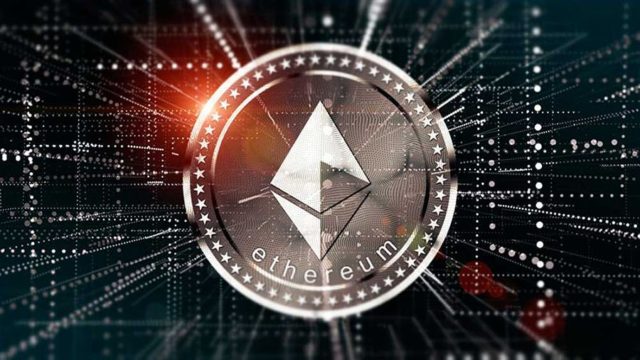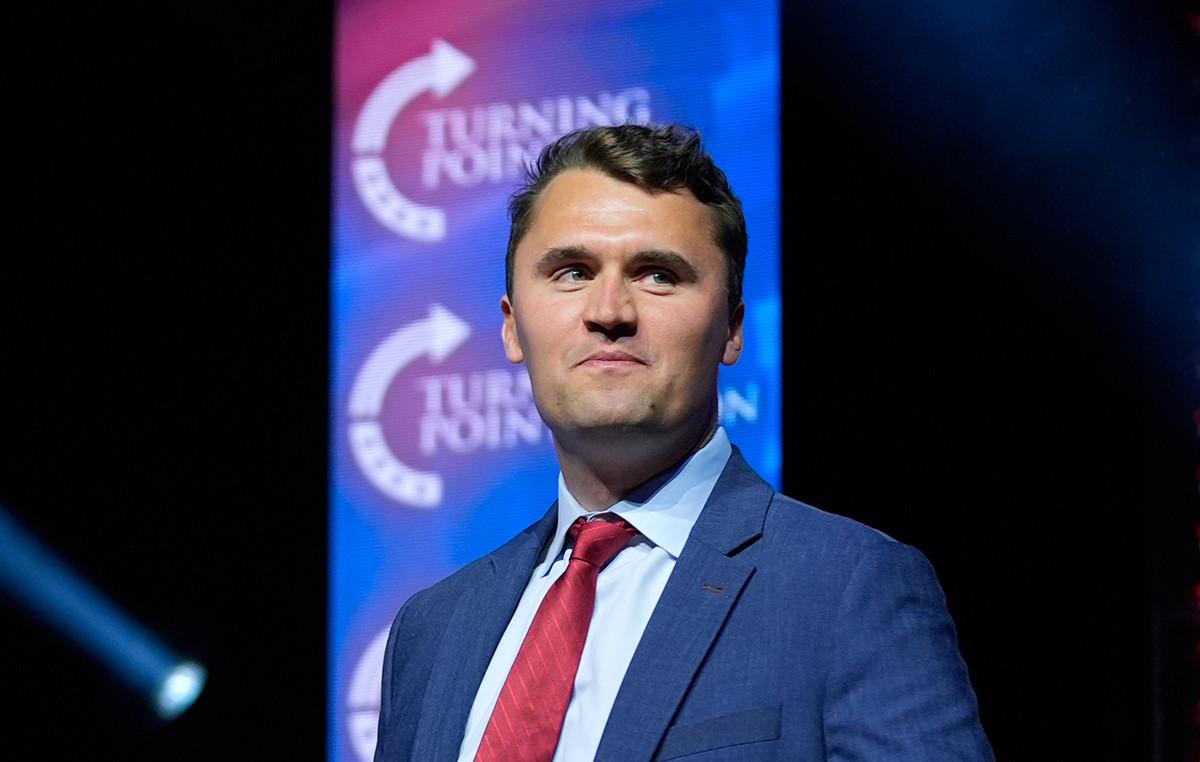- EUR/USD is trading stronger near 1.1080 in early Asian session on Friday.
- US GDP grew more than expected in the second quarter.
- Inflation in Germany and Spain is cooling, supporting the possibility of an ECB rate cut in September.
The EUR/USD pair regains some lost ground around 1.1080, snapping the two-day losing streak on Friday during the early Asian session. However, upside could be limited as traders may prefer to wait on the sidelines ahead of July retail sales data in Germany and July Personal Consumption Expenditure (PCE) Price Index in the US.
The US gross domestic product (GDP) growth rate increased to an annual rate of 3.0% in the second quarter (Q2), the Commerce Department reported in its second estimate released on Thursday. The figure was better than the forecast of 2.8 and the initial estimate of 2.8%.
The report suggested that the US may avoid recession and reduce hopes of a larger 50 basis points (bps) rate cut in September by the Federal Reserve (Fed). This, in turn, provides some support to the US Dollar (USD). Financial markets are now pricing in a nearly 66% chance of a 25 basis points (bps) rate cut in September, but the probability of a deeper rate cut stands at 34%, down from 36.5% before the US GDP data, according to the CME FedWatch tool.
Across the Atlantic, Consumer Price Index (CPI) data from Germany and Spain showed that inflation appears to have cooled further in August, raising expectations of a rate cut by the European Central Bank (ECB) and undermining the Euro (EUR). Carsten Brzeski, global head of macroeconomics at ING, said the result was “great news for the ECB” and further stated that a slowing economy and cooling inflation create a “perfect macro background” for lower rates. However, he stressed that services inflation is not dead yet.
ECB FAQs
The European Central Bank (ECB), based in Frankfurt, Germany, is the reserve bank of the Eurozone. The ECB sets interest rates and manages monetary policy in the region.
The ECB’s main mandate is to maintain price stability, which means keeping inflation at around 2%. Its main tool for achieving this is to raise or lower interest rates. Relatively high interest rates usually translate into a stronger Euro, and vice versa.
The ECB’s Governing Council takes monetary policy decisions at meetings held eight times a year. Decisions are taken by the heads of the euro area’s national banks and six permanent members, including ECB President Christine Lagarde.
In extreme situations, the European Central Bank can put in place a policy tool called Quantitative Easing. QE is the process by which the ECB prints Euros and uses them to buy assets (usually government or corporate bonds) from banks and other financial institutions. The result is usually a weaker Euro.
QE is a last resort when simply lowering interest rates is unlikely to achieve the objective of price stability. The ECB used it during the Great Financial Crisis of 2009-11, in 2015 when inflation remained stubbornly low, as well as during the coronavirus pandemic.
Quantitative tightening (QT) is the reverse of QE. It takes place after QE, when the economic recovery is underway and inflation starts to rise. While in QE the European Central Bank (ECB) buys government and corporate bonds from financial institutions to provide them with liquidity, in QT the ECB stops buying more bonds and stops reinvesting the maturing principal of the bonds it already owns. It is usually positive (or bullish) for the Euro.
Source: Fx Street
I am Joshua Winder, a senior-level journalist and editor at World Stock Market. I specialize in covering news related to the stock market and economic trends. With more than 8 years of experience in this field, I have become an expert in financial reporting.







